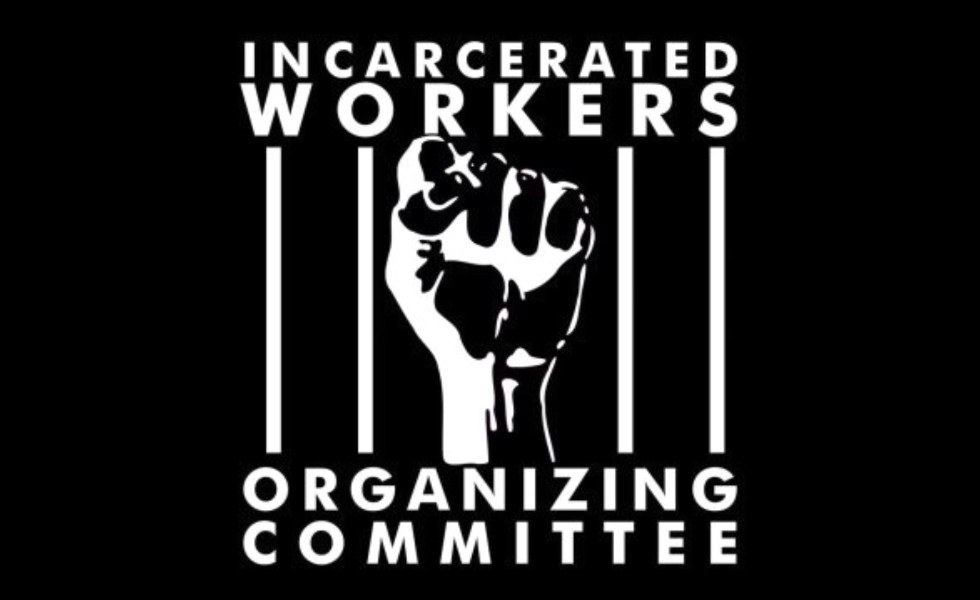Filed under: Action, Incarceration, Midwest, Repression

Report from the Twin Cities IWOC chapter on the current situation in local prisons, and the end of the recent lock down.
As the Minnesota Department of Corrections ends its lockdown at all prisons except Stillwater, prisoners there are speaking out against human rights abuses and calling for the lockdown to end.
According to Carlos Smith, a prisoner at Stillwater, “we are currently without any basic humane treatment here… We still have not received any showers nor are we any closer to seeing any end to this nonsense.” Stillwater has been locked down since a lone prisoner killed a guard on July 18. When facilities are on lockdown, prisoners receive no more than one hour a day outside their cells.
Smith says prisoners are being held hostage in a struggle between the DOC and AFSCME prison guards, some of whom are calling for the resignation of the commissioner.
Beyond the lack of laundry and showers, the 1600 men inside Stillwater are facing humiliation during the lockdown. “They took two sections, about sixty of us, handcuffed together, naked. Then we sat like that in the gym for an hour and a half while they ransacked our cells,” Smith reports.
AFSCME, the prison guard union is looking for a bigger budget for staffing but David Boehnke of the Twin Cities Incarcerated Workers Organizing Committee doesn’t believe staffing alone will reduce violence. “If you don’t give respect, you won’t get it. Overcrowding means reduced programming and inhuman conditions – violence which begets violence,” Boehnke says. “The solution is there. Release the thousands of people locked up for petty parole violations and reinvest that money into improving conditions.”
A 2017 study from California prisons notes a robust relationship between reducing overcrowding and lowering prison violence. Minnesota prisons are already above maximum capacity, resulting in hundreds of people being housed in county jails while the prison population is projected to be more than 1,300 people over maximum capacity by 2022. As of July 2018 35.6% of Minnesota’s prison admissions, 2771 people, were incarcerated for crimeless technical violations of parole.
Beyond the recent killing, both guards and prisoners are facing increasing violence inside Minnesota’s prisons. Without changing conditions, it is hard to see an end rising violence. But right now, Smith hopes the public will speak up to end the lockdown and its human rights abuses. “We are just sitting in these cells smelling like billy goats,” he says.





